SaaS Pricing Models: 25 Company Examples of Pricing Models that Worked
Should you have a free plan? Is your subscription pricing too low? Can you increase it without upsetting people? Below are some of the best proven examples of SaaS pricing models that worked for other companies.

Key lessons learned across these pricing models
Gathering these SaaS pricing examples made us realize the following:
Charge based on value if you feel lost. Calculate value down to the details and charge for it. Think about a tool you like and how much you’d be willing to pay for it and why. Apply that to your own service.
Focus on customers that you provide value for and not bad fit customers.
If you’re going to increase pricing then just say it to them straight.
It’s ok to experiment with pricing. In fact, experiment faster.
So, here we go. 25 companies explain their best pricing models.
1. Upscope priced at 1/10th of value after testing lots of dumb models
Upscope co-browsing is next generation screen sharing built for customer support and sales.
Why did Upscope's previous subscription models fail?
"because when there's no reason behind something then it's hard to have confidence in it.
There's no trust in the results even if they do come about.
Even if sales did rise, the next downward shift would make us anxious."
So how can you confidently start with pricing?
"Build for those who do get a 10X return. Proudly reject those who don't need it or we'll both get hurt in the long run."
See Per seat SaaS pricing plans that doubled revenue for Upscope Co-browsing
2. Mention increased revenue by 269% through three changes
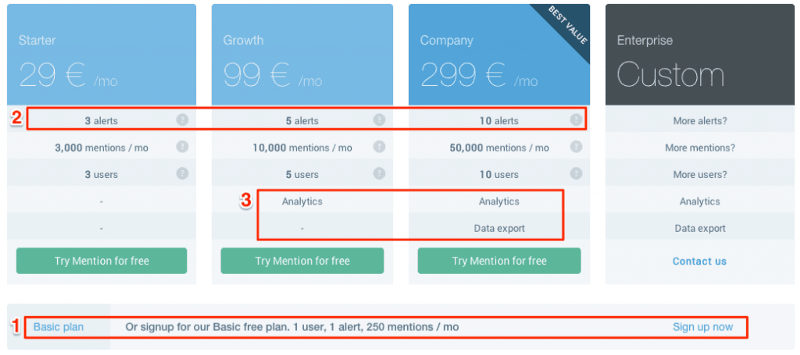
“With our new pricing structure, we decided to keep the free plan, but stopped advertising it so aggressively.
Because we very much so value all of our customers, we actually increased the quota of mentions you can get with the free plan?”
Read more on Mention’s 3 changes that increased revenue
3. Mealime gave their core product for free, halved their MRR short term and won long term
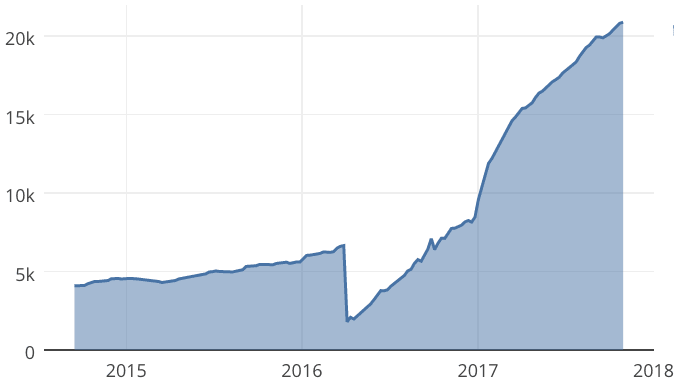
The hardest thing to do is rip apart what ‘appears’ to be working and go for the long term by taking a hit.
“We decided on a radical shift in strategy: Give the core product away for free, focus on building a great free experience, and hope that enough users will upgrade to our optional premium offering.”
Customer support sucks
Doing customer support is tough.
But your support team is suffering more than they need to.
Give them the ability to see what the customer sees, on their screen, and change their lives.
Here it is UserView
4. How one guy set pricing for some of the biggest companies
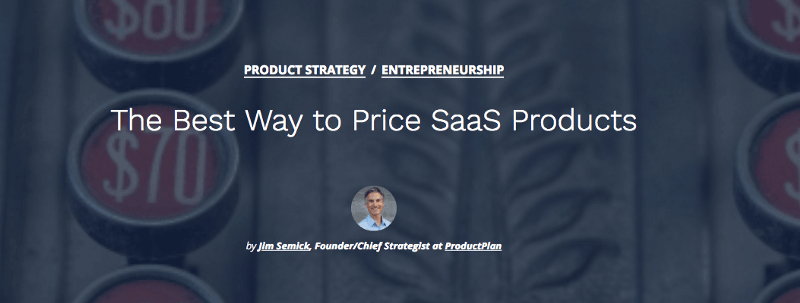
‘In the past few years I’ve had a hand in setting pricing for several successful SaaS products, including GoToMeeting, GoToMyPC, AppFolio and ProductPlan product roadmap software. In the next few articles I’ll review lessons I’ve learned along the way.’
Read more on the best way to price SaaS products
5. Appcues increased prices and grew sales 263%
This is the Appcues pricing change email.
Why did Appcues increase their pricing?
“Heck, one customer even said to us: ‘You guys should find a way to charge us more. $450 isn’t enough — we should be paying you well over $1k.’
So after some brief analysis, we developed a new value-based pricing strategy and planned the switch.”
Read more on how Appcues pricing increase emails grew sales 263%
6. EmailOctopus say if users understand the value, they’ll pay

“Users who understand the value of a product to their business, will pay for it. They’re the users you want.”
Read more on why your SaaS is not charging enough
7. Drift made a free plan so they only charge those really using it
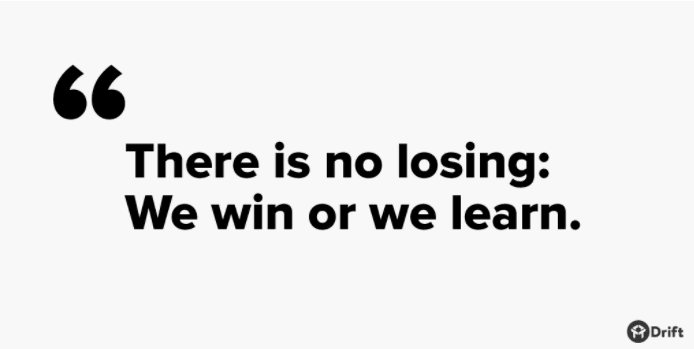
“Ultimately, we want to build a pricing model that aligns us with the success of our customers — not one where we’re making money off of the people who never even use our product.
That’s exactly why we have a free plan at Drift. We want to take non-consumption off the table.”
8. See how the best in the business, Close, increased pricing
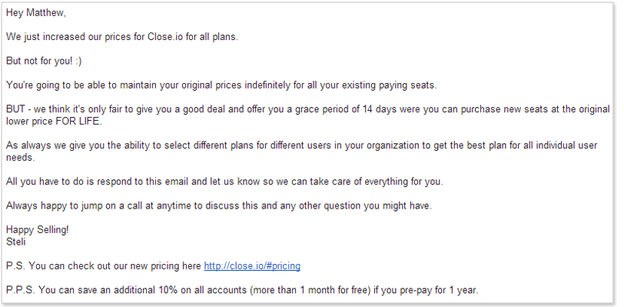
‘When we increased prices, our conversion rates stayed the same, our customers stayed happy, we had a huge bump in paid seats and our average customer lifetime value increased by over 10%.’
Read more on How Close kept customers happy even while raising pricing
9. For Gosquared the pricing complexity was the bottleneck
“Because it was so hard to understand what you’d pay, pricing became a stumbling block — you’d have to ask us how much GoSquared cost, wait for a response, or have an extended conversation to understand what we’d cost today, and your cost would be as you’d grow.”
Read Gosquared’s simplified pricing benefits post
10. Canny were told “I think you could be more expensive. $49 is cheap”
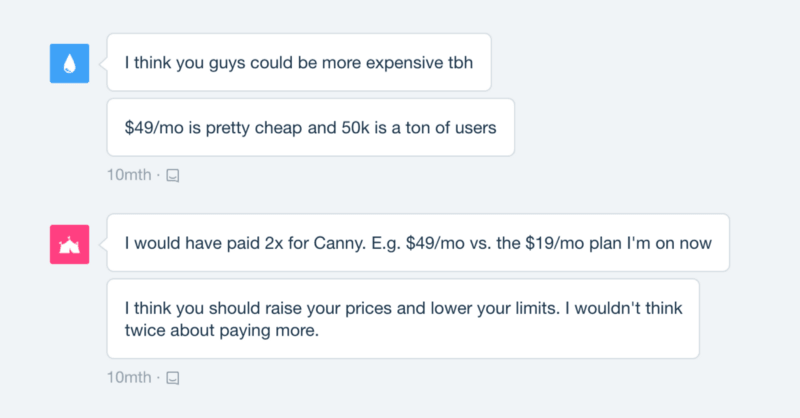
“This isn’t a story about how we doubled our pricing and became an overnight success. In this post, I’ll go over each attempt, our mistakes, and what we learned.”
Read more on Canny’s SaaS pricing lessons
11. Popcornmetrics factored in the costs of user onboarding
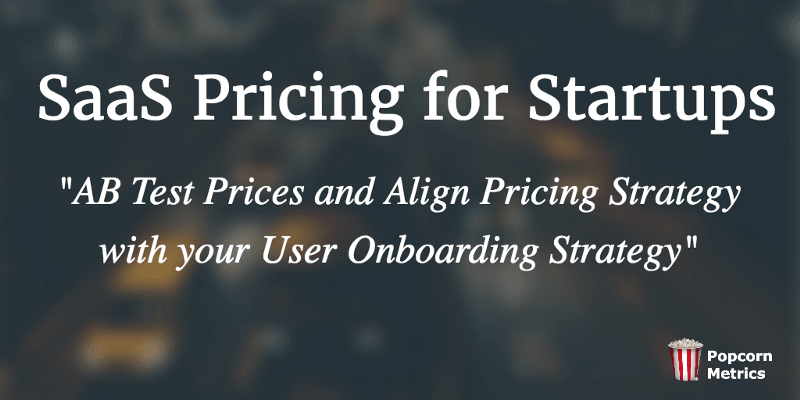
“Pricing is such an important topic. Price too low in SaaS and you can’t give the kind of service that customers need, or you leave money on the table. Price too high and you’ll put your product out of reach for a large market segment.”
“There’s a fourth angle to consider, which is that your pricing strategy also impacts your ability to afford customer acquisition channels.”
Read more on Popcornmetrics SaaS pricing for startups.
12. RJ Metrics were dead wrong on how they imagined users thought
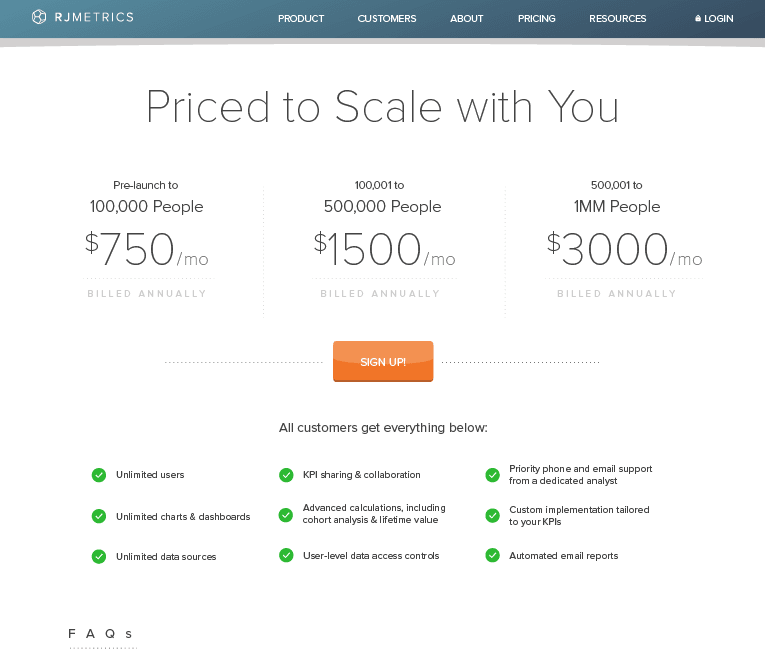
“We assumed their thought process goes something like this:
- How much does this cost me?
- What will I get for this price?
- Where can I sign up?
We were dead wrong.”
Read more on RJ Metrics’ pricing page optimization.
13. How Frontapp derisked their pricing strategy
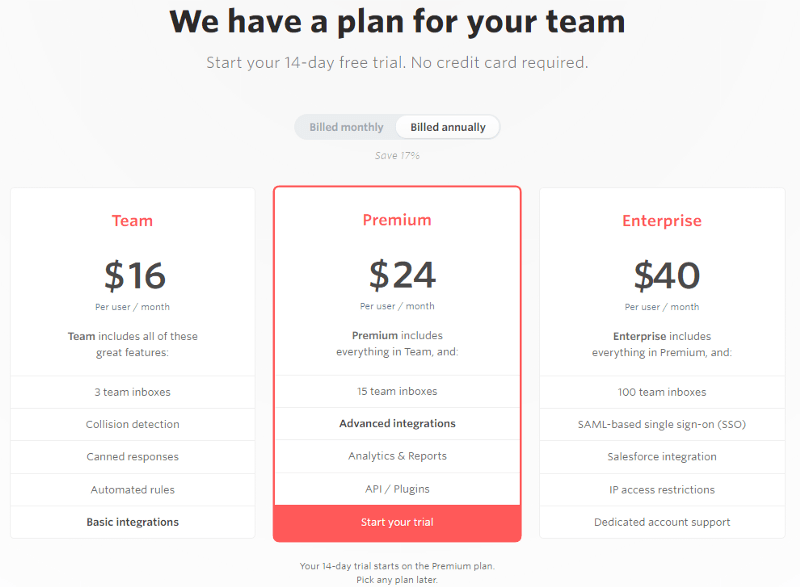
‘What you can expect from this post isn’t the ultimate truth of SaaS pricing — there is no such thing.
It’s a simple framework that we’ve successfully used for our own SaaS sales product and have also seen many other early-stage SaaS startups successfully implement.’
Read more on Frontapp derisking their pricing
14. JustCall accidentally opened the doors to confusion and fear
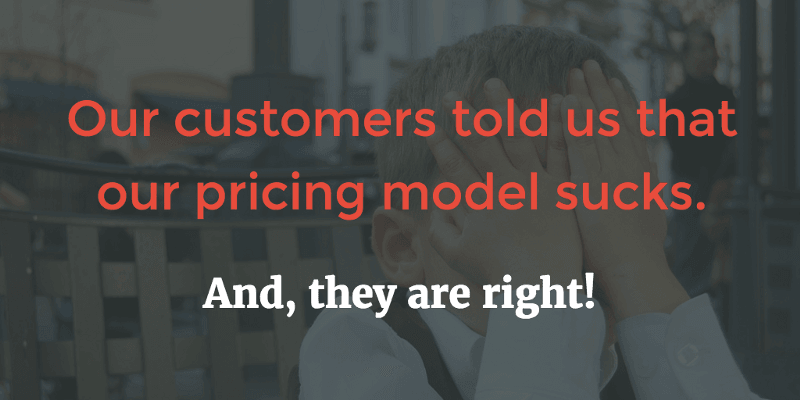
“We assumed that our users are going to love the kind of flexibility & control we are giving them.
For example, they had complete control over how much they want to pay for their phone system depending upon the number of phone numbers or members they can add.
But, in reality, we opened doors for confusion and fear to slip in.”
Read more on Justcall’s SaaS pricing model
15. VWO put in time to research competitor pricing history
“The reason I invested time doing all this research is to help startups such as mine take an informed decision on how to price their products.
It is not very obvious that a successful company such as Clicktale, within 2 years, transforms the highest priced plan at the time of launch into their lowest priced plan today.
They tried all sorts of pricing plans and apparently found that businesses which use their service value it enough to pay at least $99/month.”
Read more on VWO’s research and conclusions
16. Hubstaff found their free plan ended up costing them money
“We had great expectations for our free plan and the users who signed up for it, but those expectations were never realized. Our free plan ended up losing us money and stunting our growth!”
Read more on Hubstaff’s free plan mistake
17. Snipcart tripled revenue through a non-hack tiny pricing change

I quite like Snipcart's simple headline: Add a shopping cart to any website in minutes and as a fellow bootstrapped company we understand when they say the following:
“We uncovered that 80% of our revenues came from 20% of our customers. Which meant, in a commission only pricing model, that 80% of our customers were paying $0 to use the platform while contacting support frequently.”
Read more on how Snipcart tripled revenue
18. Groove realized their pricing model was ridiculous

“Boy, did that fail.
As we talked to more and more site visitors, something we should’ve known all along became very clear: our pricing model was ridiculous.
It was overwhelming, and made the decision to buy from Groove a complex one.
Our ‘unmatched flexibility’ was costing us customers. We had to change direction.”
Read more on Groove’s pricing that worked
19. How Klipfolio used A/B testing to refine their pricing

“The results were pretty conclusive, and confirmed our hypothesis.
Our 2012 pricing model was not optimized for our target market of small and medium-sized businesses and not aligned with our vision of owning that market.
It limited them, and kept us from growing.”
Read more on Klipfolio’s A/B testing
20. TribeHR took a data driven approach to pricing their product
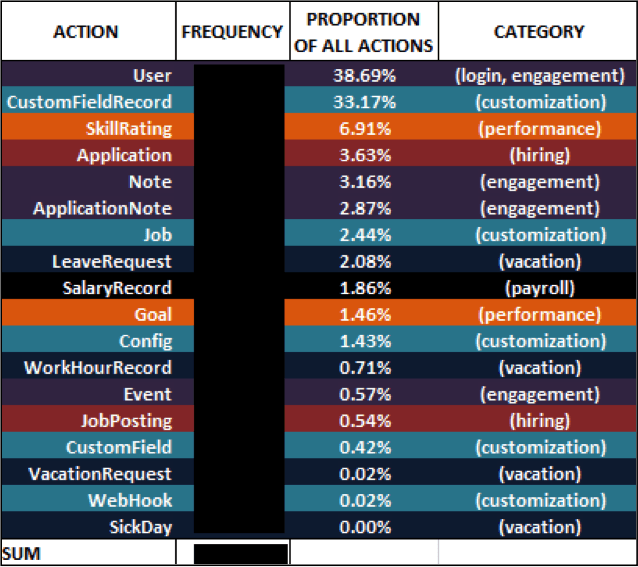
“I’m an advocate of data-driven decision-making, and so with TribeHR we spend a lot of time digging into our numbers, both from a business metrics perspective as well as from a product analytics perspective.
When the question of product editions came up, we took a data-driven approach to the problem.”
Read more on how TribeHR engineered enterprise SaaS pricing
21. StatusBrew used rounded numbers rather than the usual .99
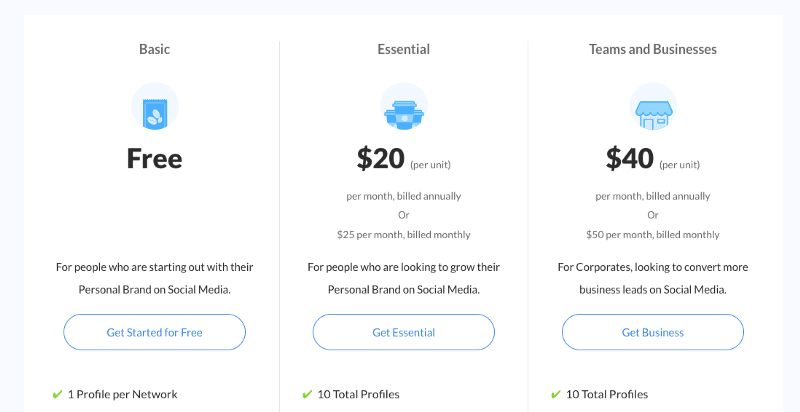
“We experimented with the Charm Pricing and then decided to ditch those $9.99 and $24.99 price tags in favor of rounded amounts because we observed that these are easier for the consumers to process.
Even some studies show that people appreciate the honesty of a flat amount and associate these round prices with higher quality.”
22. Aircall figured out pricing by calling their customers and talking
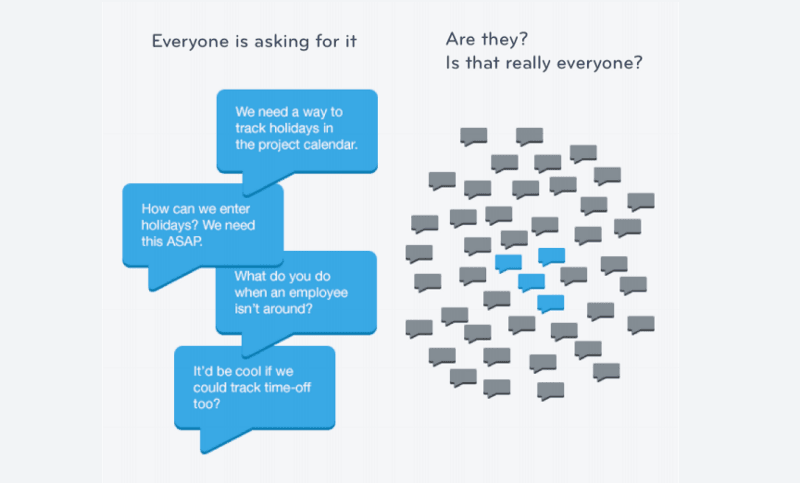
"We called as well over 50 users.
First because we provide them their business phone system and we wanted to reach them via our own product.
Second, because we wanted more qualitative feedback."
Read more on how Aircall built their SaaS pricing by calling customers
23. Receptive did not charge enough and a big whale caused chaos

“Watch out for whales.
A week later they cancelled, claiming they were going to build their own solution.
We had pulled out every stop for this customer, and invested a ton of our own development time into helping his business grow, and he churned after 9 months.”
Read more on why Receptive say you should watch out for big whales
24. Riddle found freemium to be too much in server costs

“Now, offering a FREE option can be a great option for SaaS (software as a service) companies like ours, as it lets new users sign up and start using your product without any friction from having to pay.
But freemium quiz pricing is not ideal for a healthy Riddle.
We were ending up having to pay server costs for users who would never end up paying to help keep us a fast-growing business.”
Read more on Why Riddle removed their freemium plan
25. Chartmogul explain how to have both B2B v B2C pricing
“But there’s a problem with scaling SaaS pricing based on the number of active customers: The value of a single customer varies between different clients. This problem is especially prominent between enterprise and consumer-focused businesses.”
Read more on the problem of SaaS pricing for B2B and B2C customers
26. Creately made a ‘Pay whatever you want plan’
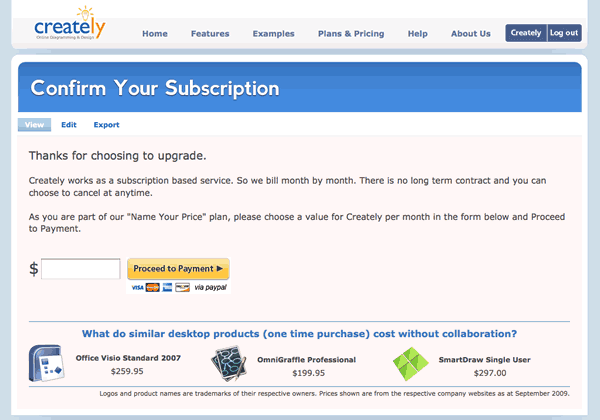
“What happens if you do a pay what you want plan?
I would be lying if I said we were not pleasantly surprised by the initial results of our experiment.
This along with the publicity we received convinced us to continue to run the pricing experiment for 2 months instead of the planned 2 weeks.”
Read more on Creately’s crazy idea of letting them pay what they want
About Pardeep Kullar
Pardeep overlooks growth at Upscope and loves writing about SaaS companies, customer success and customer experience.
